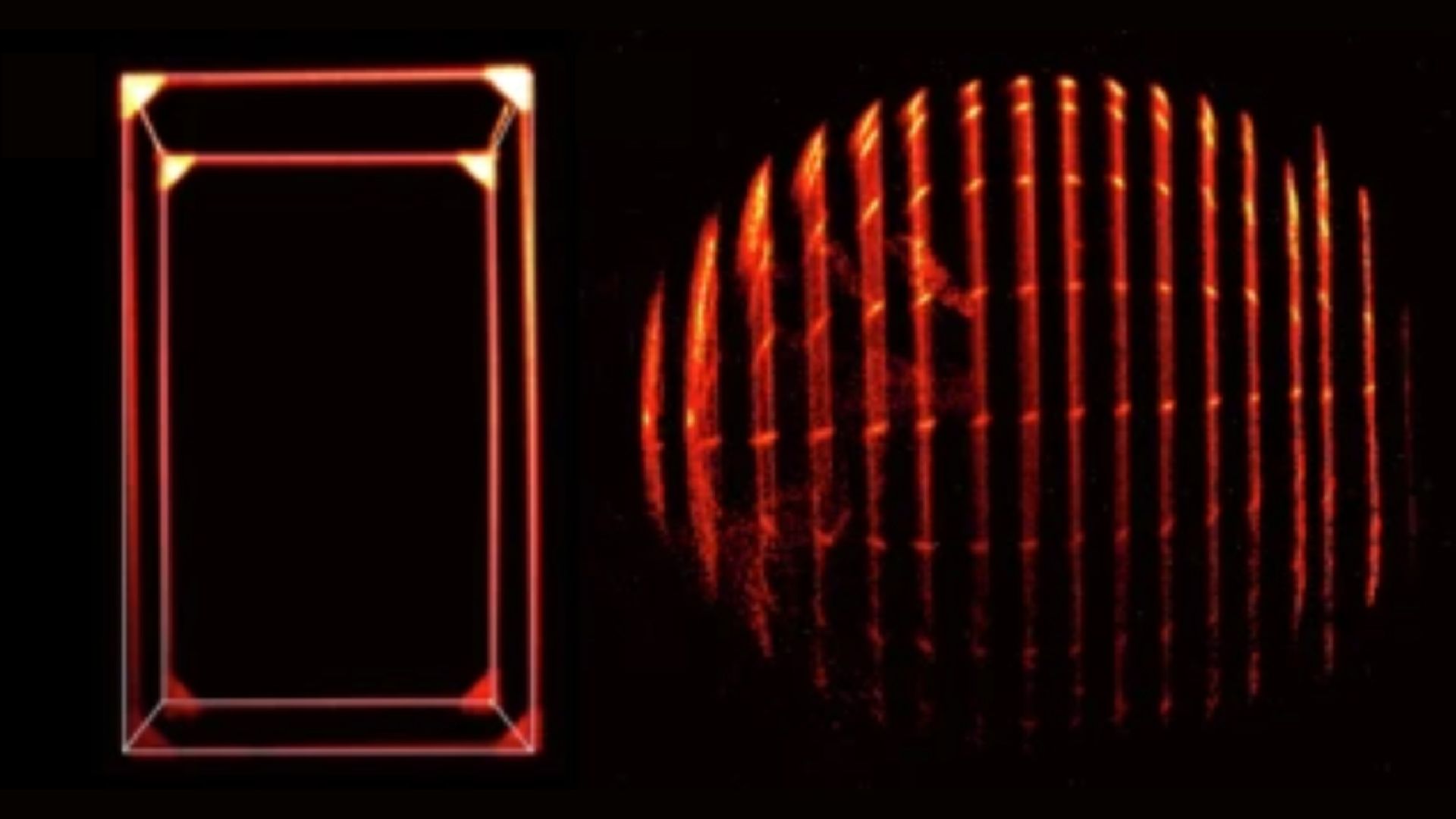Physicists have achieved a groundbreaking simulation that shows what objects look like when they move at 99.9% the speed of light. This rare optical illusion, known as the Terrell-Penrose effect, had long been theorized but never visualized until now. The new simulation offers an unprecedented glimpse into how relativity warps the appearance of fast-moving objects, confirming predictions made decades ago.

Visualizing the Impossible
When objects travel close to the speed of light, their appearance changes dramatically due to special relativity. The Terrell-Penrose effect causes these objects to appear stretched, rotated, or even partially visible from different angles. In this historic simulation, researchers used advanced computer modeling to recreate these distortions for the first time. The results challenge our everyday understanding of motion and vision, revealing the strange and beautiful consequences of the universe’s speed limit.
Why This Matters
This simulation is more than just a visual oddity. It helps physicists and astronomers better understand phenomena such as cosmic jets, black holes, and high-speed particles in space. By visualizing the Terrell-Penrose effect, scientists can interpret astronomical observations with greater accuracy and inspire new ways to teach the concepts of relativity.
Sources:
Physicists capture rare illusion of an object moving at 99.9% the speed of light
















